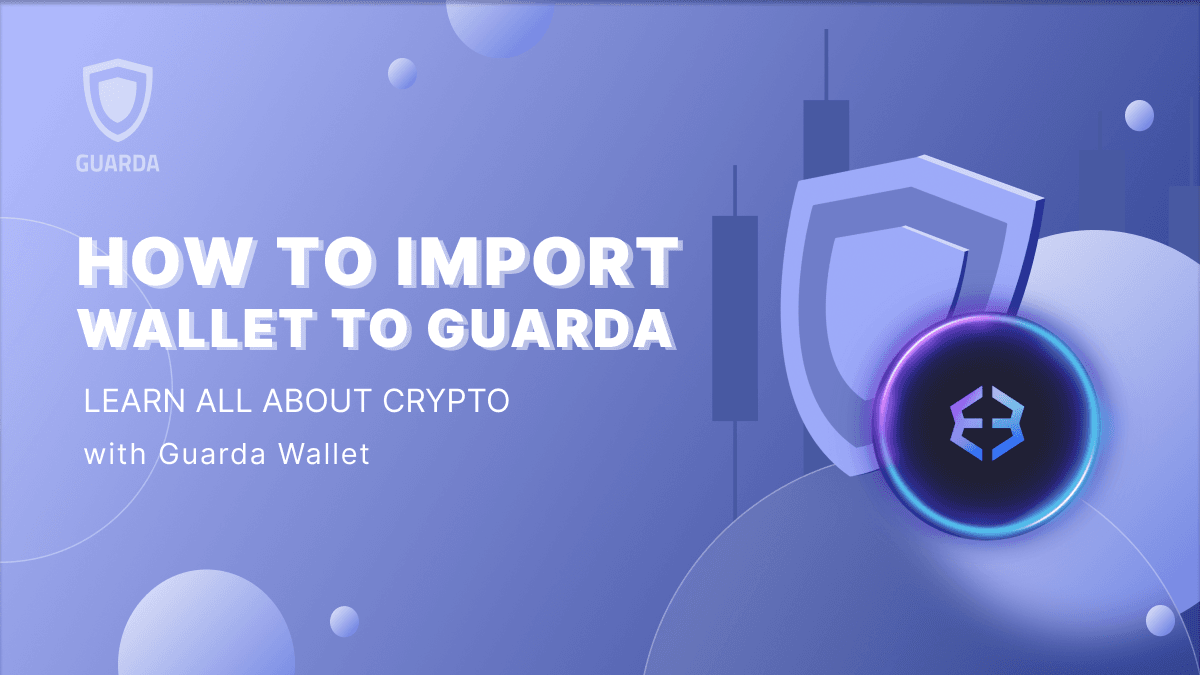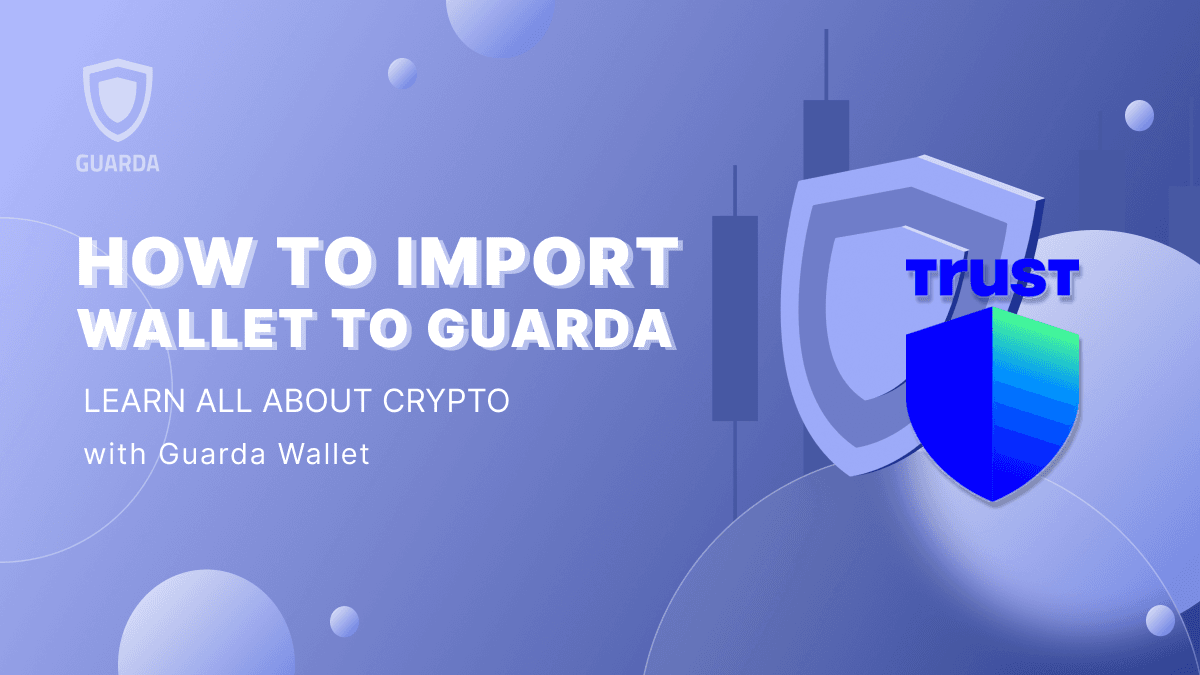Understanding DEX Pairs
At its core, a DEX pair represents a combination of two cryptocurrencies that can be traded against each other on a decentralized exchange. For instance, an ETH/USDT trading pair on a DEX allows traders to swap Ethereum (ETH) for Tether (USDT) and vice versa. Unlike centralized exchanges, where an intermediary facilitates trades, DEX pairs function via automated market makers (AMMs) and liquidity pools, making transactions trustless and permissionless.
Stay turned with the latest news and updates by joining us on Twitter.
— @GuardaWallet
How DEX Pairs Work
DEX pairs operate through liquidity pools, which are collections of tokens supplied by users who act as liquidity providers (LPs). These pools enable seamless swaps without the need for a traditional order book. Instead of matching buyers and sellers directly, DEXs utilize AMMs to determine the exchange rate based on the ratio of assets in the liquidity pool.
For example, in an ETH/DAI pool, if demand for ETH increases, the pool’s balance shifts, affecting the exchange rate. This dynamic pricing mechanism makes trading pairs on DEX highly fluid but also introduces potential volatility.
Examples of DEX Pairs
There are thousands of possible DEX pairs across various blockchains. Some of the most popular DEX pairs include:
- ETH/USDT – A stablecoin pair often used for hedging against volatility.
- BTC/ETH – A high-liquidity pair featuring two of the most dominant cryptocurrencies.
- BNB/BUSD – A pair native to the Binance Smart Chain ecosystem.
- UNI/ETH – A DeFi-specific pair frequently traded by Uniswap users.
- MATIC/USDC – A Polygon-based pair popular for lower transaction fees.
DEX Pairs vs. Centralized Exchange Pairs
A key distinction between DEX pairs and centralized exchange (CEX) pairs is how liquidity is managed. On CEXs, market makers ensure there is sufficient liquidity, and orders are executed through order books. In contrast, DEX pairs depend on liquidity pools, making them more resistant to manipulation but also prone to slippage during large trades.
Another significant difference is custody. Trading pairs on DEX do not require users to deposit funds into an exchange wallet, reducing counterparty risk and giving traders full control over their assets.
DEX Pairs Liquidity: The Lifeline of Trading
Liquidity is a crucial aspect of DEX pairs. Higher liquidity results in tighter spreads and reduced price slippage. Traders looking to enter and exit positions efficiently should prioritize pairs with deep liquidity pools.
How to Choose DEX Pairs
Finding the right DEX pairs depends on multiple factors, including:
Liquidity levels – Choose pairs with sufficient trading volume to minimize slippage. Network fees – Consider blockchain transaction costs when selecting pairs. Token utility – Trade assets with strong use cases and market demand. Price stability – Some pairs, especially those involving stablecoins, are less volatile than others.
Benefits of Trading DEX Pairs
Trading on DEX platforms offers numerous advantages: No intermediaries – Transactions are direct and decentralized. Enhanced privacy – No KYC verification is required. Access to new tokens – Many emerging cryptocurrencies list on DEXs first. Global accessibility – No geographical restrictions on trading.
Risks of DEX Pairs
Despite their advantages, DEX pairs come with inherent risks:
Impermanent loss – Liquidity providers may experience losses due to price fluctuations. Smart contract vulnerabilities – Bugs and exploits can lead to fund losses. Low liquidity – Some pairs may lack sufficient volume, leading to poor trade execution. High volatility – Prices can swing drastically, affecting profit potential.
How to Trade DEX Pairs
Trading DEX pairs involves:
Choosing a secure wallet – Guarda Wallet is a top-tier non-custodial wallet that seamlessly connects to DEXs. Selecting a reliable DEX – Popular options include Uniswap, PancakeSwap, and SushiSwap. Connecting the wallet – Users can link their wallet to the DEX platform. Swapping tokens – Select the desired trading pair and execute the trade. Confirming the transaction – Verify details and approve the swap on the blockchain.
DEX Pairs in DeFi
DEX pairs play a significant role in DeFi, enabling users to engage in lending, staking, and yield farming. Many platforms incentivize liquidity providers with rewards, further enhancing decentralized financial ecosystems.
Finding the Best DEX Pairs
To identify the most profitable DEX pairs, traders should monitor:
- Price trends – Identify assets with strong upward momentum.
- Trading volume – High-volume pairs generally offer better liquidity.
- Network congestion – Avoid chains with high gas fees or slow transaction times.
Swap DEX Pairs with Guarda Wallet
Guarda Wallet has successfully integrated Bridgers on its website, enabling seamless swaps for select coins, including $ETH and $BSC. This feature enhances cross-chain trading, allowing users to exchange assets efficiently. But that’s just the beginning! This week, more networks will be added, expanding cross-chain accessibility. Plus, mobile app support is coming soon!
Spotting Trends in DEX Pairs
Traders who analyze market trends can capitalize on emerging opportunities. Key indicators include:
Moving averages – Identifying bullish or bearish trends. Volume spikes – Signaling increased trading interest. Social media activity – Crypto discussions often predict market shifts.
Analysis of DEX Pairs
Technical and fundamental analysis help traders make informed decisions. Utilizing charting tools and tracking news developments can improve trade execution and minimize risks.
Automated Trading with DEX Pairs
Bots and algorithmic trading have gained traction in the DeFi space. Automated strategies can help traders execute orders efficiently without constant manual intervention.
DEX Pairs Volatility
Volatility is both an opportunity and a risk in crypto trading. High volatility can result in rapid gains or losses, making risk management crucial.
DEX Pairs Selection Strategy
A solid selection strategy involves balancing risk and reward by diversifying holdings across different asset classes. Stablecoin pairs provide stability, while volatile pairs offer higher potential profits.
Conclusion
DEX pairs are the foundation of decentralized trading, providing users with unparalleled financial freedom and opportunities. Understanding how DEX pairs work, analyzing trends, and leveraging secure wallets like Guarda Wallet can help traders navigate the DeFi landscape successfully. Whether you’re looking for popular DEX pairs, automated trading solutions, or liquidity-rich assets, the world of decentralized exchanges offers endless possibilities.







